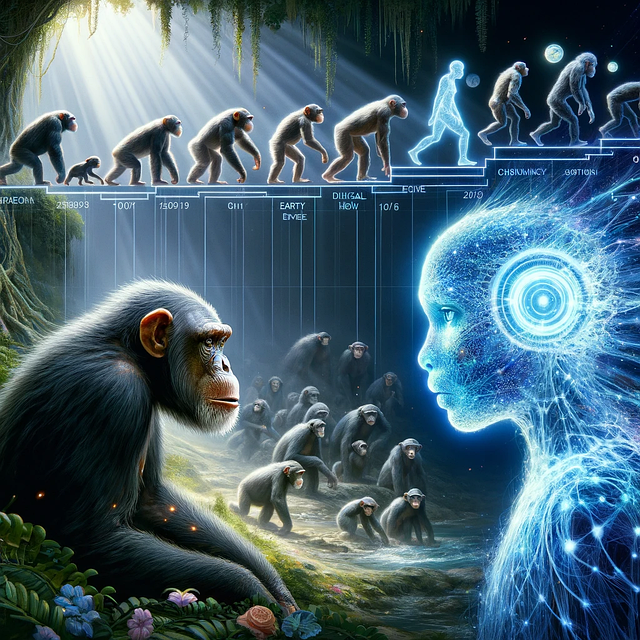
The evolution of hybrid AI: where deterministic and statistical approaches meet
Published on January 6th, 2025
Introduction
Artificial Intelligence (AI) has seen rapid advancements over the years, with different methodologies emerging to tackle complex problems. The two primary approaches, deterministic and statistical, have served as the foundation for many AI systems. Deterministic approaches rely on predefined rules and logic, while statistical methods use data to make predictions and decisions. However, as AI continues to evolve, a hybrid model that combines the strengths of both these approaches is gaining traction. This article explores the evolution of hybrid AI, its underlying principles, and how it combines deterministic and statistical approaches to create more powerful, adaptive systems.
Understanding Deterministic AI Approaches
Deterministic AI involves systems that follow set rules and logic to make decisions. These systems are predictable, reliable, and transparent, as their behavior can be fully understood by humans. Early AI models, like expert systems, were primarily based on deterministic methods. These systems used a knowledge base of predefined rules and heuristics to simulate human decision-making. While effective in structured environments, deterministic AI systems often struggle with complex, unpredictable scenarios. They lack the flexibility and adaptability needed in many real-world applications.
The Rise of Statistical AI: Embracing Data and Uncertainty
In contrast to deterministic methods, statistical AI approaches focus on learning patterns from large datasets. Techniques such as machine learning and deep learning fall into this category, where algorithms use statistical models to identify correlations and make predictions. The power of statistical AI lies in its ability to handle uncertainty and variability, learning from data rather than relying on predefined rules. These models are highly flexible and adaptable, making them well-suited for dynamic and complex environments. However, they often lack the transparency and interpretability of deterministic systems, which can lead to challenges in understanding how decisions are made.
The Birth of Hybrid AI: Integrating Deterministic and Statistical Approaches
Hybrid AI seeks to combine the best of both worlds by integrating deterministic and statistical methods. By merging the logical, rule-based nature of deterministic systems with the data-driven, adaptive capabilities of statistical models, hybrid AI can offer more robust and flexible solutions. This integration allows AI systems to function with a higher degree of precision, adaptability, and transparency. For example, a hybrid system might use a statistical model for prediction and a deterministic model to enforce business rules or constraints. This combination makes hybrid AI systems better equipped to handle a wide range of problems in real-world applications.
Applications of Hybrid AI in Various Industries
Hybrid AI is being adopted across several industries, from healthcare to finance, to improve decision-making and enhance performance. In healthcare, hybrid AI systems can combine medical knowledge with data-driven predictions to assist doctors in diagnosing diseases more accurately. In finance, hybrid models can be used for risk assessment, where statistical models predict market trends, while deterministic rules ensure regulatory compliance. The adaptability and flexibility of hybrid AI make it highly versatile, and its applications are only expanding as the technology matures.
Challenges and the Future of Hybrid AI
Despite its potential, hybrid AI faces several challenges. One of the main difficulties is integrating the deterministic and statistical components effectively. These approaches operate on different principles and may require sophisticated frameworks to work together seamlessly. Additionally, hybrid AI systems can become complex and difficult to manage, especially as they scale. The future of hybrid AI lies in overcoming these challenges by developing more advanced algorithms and frameworks that make the integration process smoother. As AI continues to advance, we can expect hybrid systems to become increasingly common in solving complex, real-world problems.
Conclusion
The evolution of hybrid AI represents a significant step forward in the field of artificial intelligence. By combining the strengths of deterministic and statistical approaches, hybrid AI offers a more adaptable, flexible, and transparent solution to complex problems. As this field continues to evolve, hybrid AI systems are poised to play a critical role across various industries, from healthcare to finance. While challenges remain, the potential for hybrid AI to revolutionize industries and improve decision-making is immense. The future of AI will likely be shaped by these hybrid models, which promise to bring together the best of both worlds for more efficient and intelligent systems.
